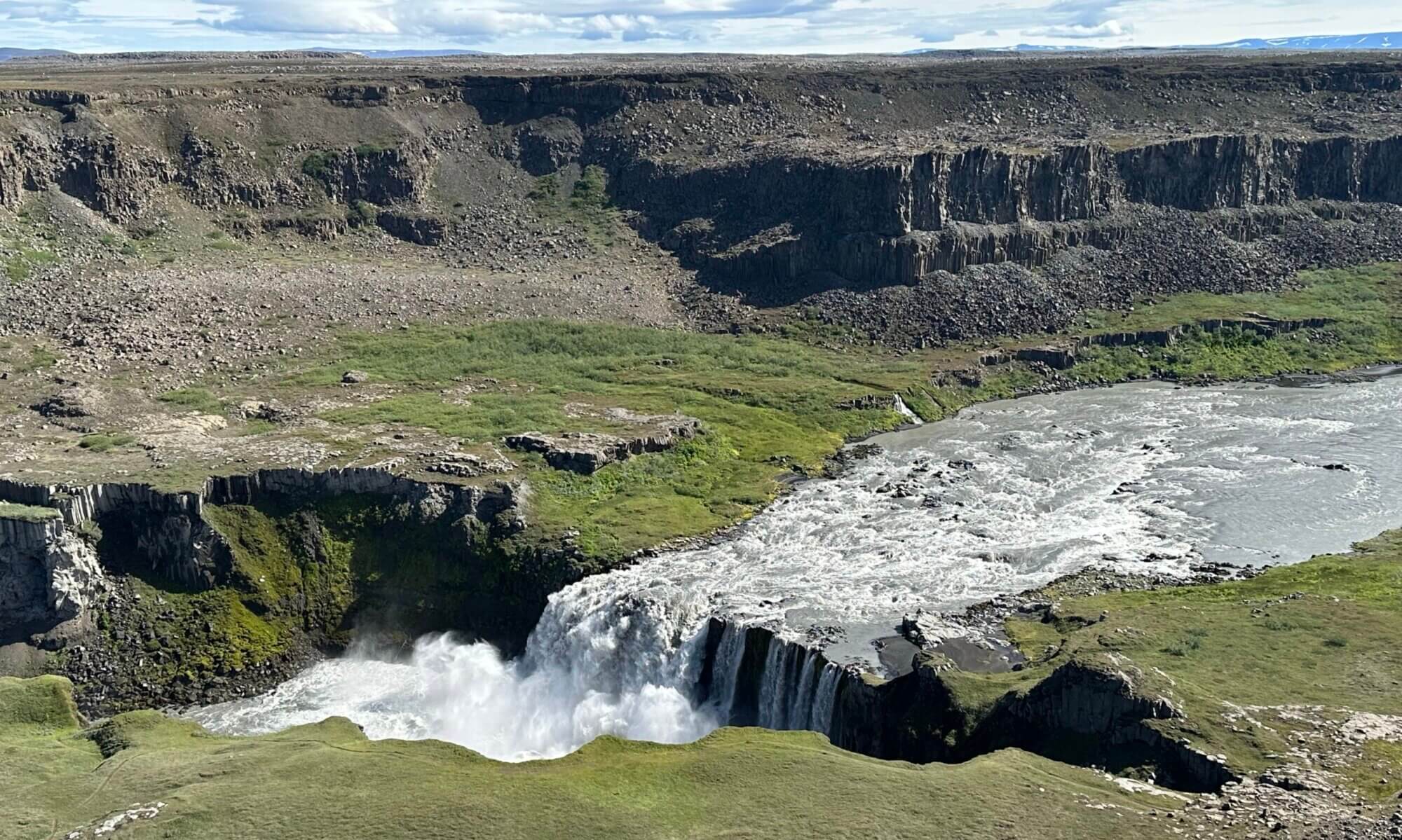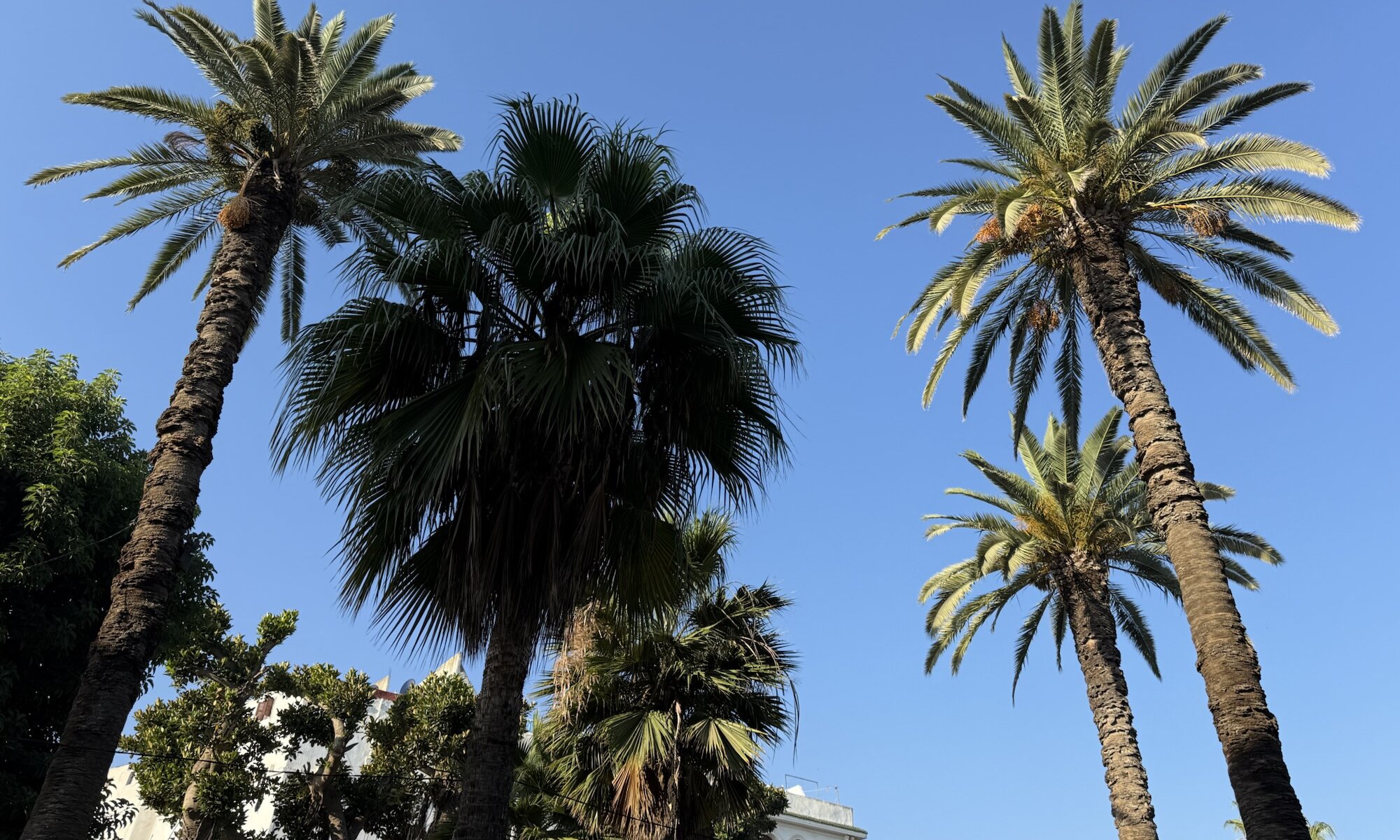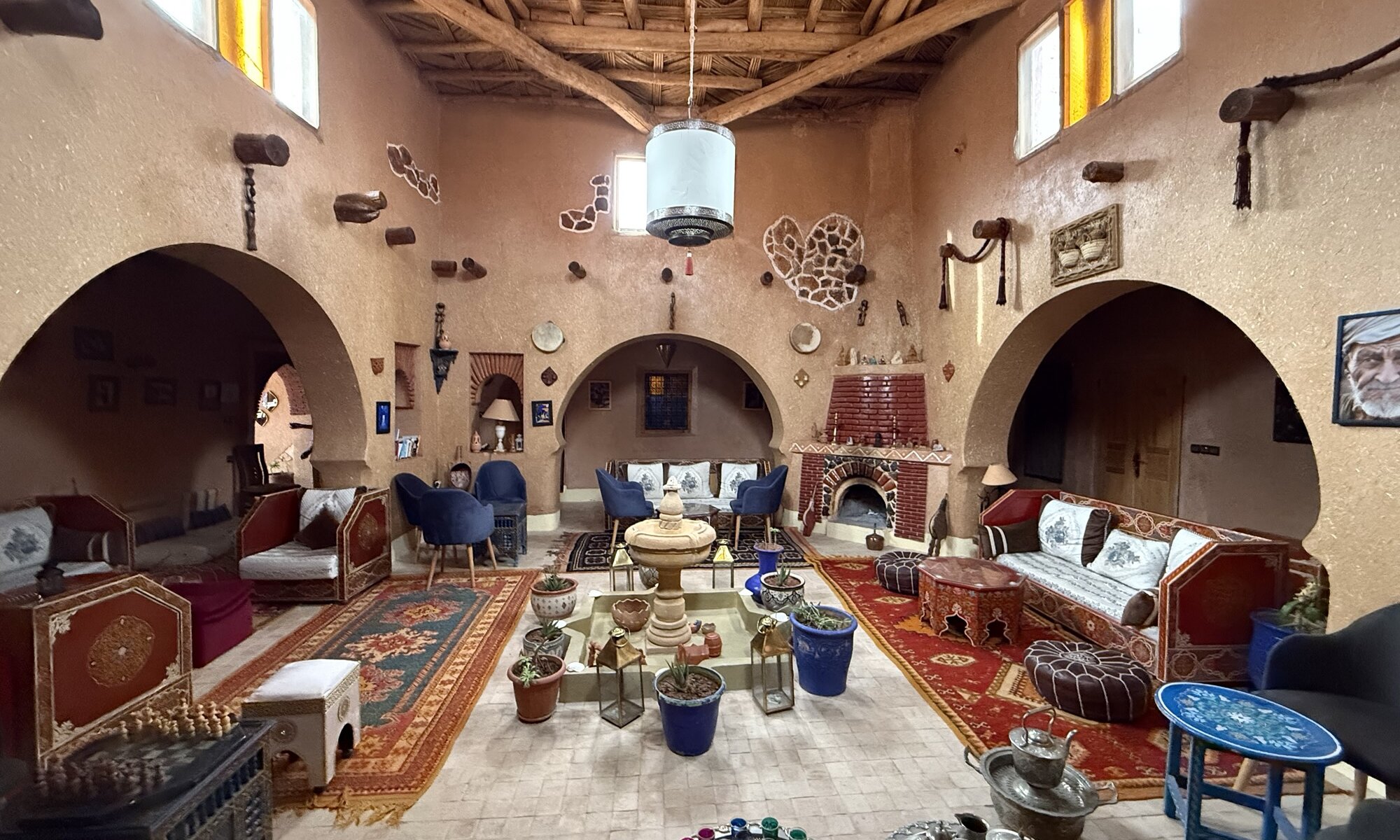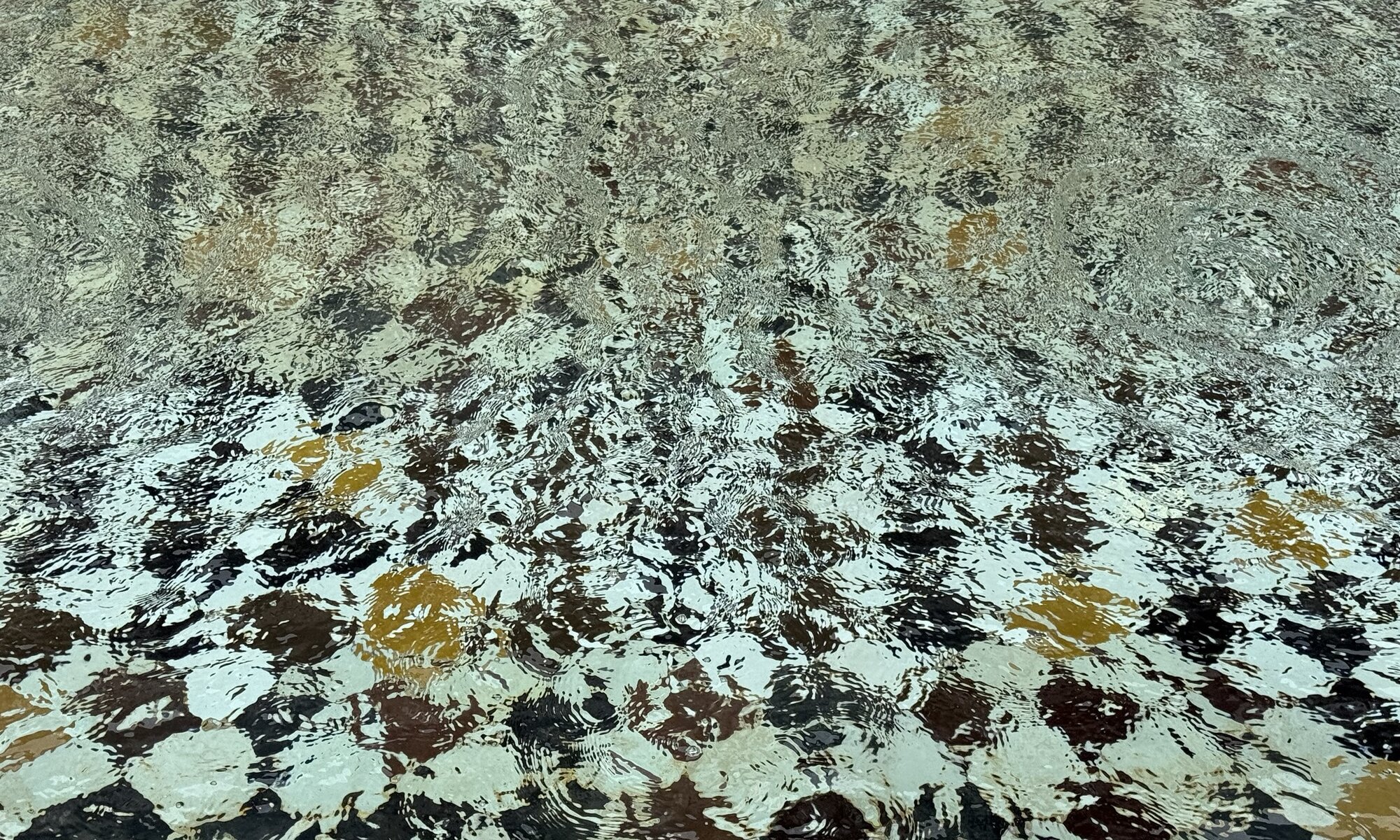That was one of the very good questions my first tour guide at Casablanca discussed with me. A question that is easy to answer geographically, but culturally? At Morocco, the Arabic history mixes up with Portuguese, French and Spanish influence. It is a country oriented pretty much towards Europe but with a fascinating past and heritage that makes a tour through the North African country an endeavour that one must do once in a lifetime.
Continue reading “Is this Africa?”Marrakech-Ménara
The international airport of Marrakech (RAK) is located at the city quarter Ménara pretty close to the modern part of the city. It was opened 1942 as an airbase of the United States (like most airports at Morocco) and transports 2.5 million passengers each year with its one runway. That is just a third of the volume of the airport of the economic powerhouse, Casablanca. The modern airport building is connected via busses to the city, but because of the short distance also fixed-price taxis are a very valid option.
Continue reading “Marrakech-Ménara”Jardín Ménara
Where do the locals of Marrakech spend their Sunday afternoons? A lot of them you can find in the relaxed atmosphere of the Jardín Ménara, a vast olive grove in the southwest of the city. Between these olive trees people gather for a picnic, play and make music. Food and drinks are sold on the ways leading through the garden and to the large water reservoir in its center. The garden was created in 1156 by the rulers of the Almohad caliphate and today belongs to the Marrakech UNESCO world heritage site.
Continue reading “Jardín Ménara”Oullywood
One of the most beautiful places of Morocco is Äit-Ben-Haddou, a traditional city with houses made of clay at the Asif Ounila river. It is a maze of streets, towers and houses in the desert which slowly turned from a real city into a movie industry hotspot and tourist location. Today still some people still live there, but preserving the hold houses is costly and housing comfort is better elsewhere. Those who stay, live from tourism and therefore preserve this magnificent place.
Continue reading “Oullywood”Paradise of Silence
Visiting the old Ksar of Äit-Ben-Haddou is a unique pleasure, but the rest of the city is just a collection of restaurants and houses on the opposite side of the river. Most people get there just for some hours and then travel further on. But where to stay if you want to spend a night in the city? On a hill above the city you’ll find the Riad Paradise of Silence, a wonderful guesthouse optimized for that.
Continue reading “Paradise of Silence”Atlas
Being at northern Africa for the very first time also meant to correct some images about the continent in my head. Morocco I always connected with beaches and deserts, but never with mountains and skiing. While passing from Marrakech to Äit-Ben-Haddou I had the chance to see the reality while crossing the Atlas mountains. They’re 2300 kilometers long and reach from Morocco via Algeria to Tunesia – with the highest peak belonging to Morocco (the Toubkal, 4167 meters high – close to the highest peaks of the Alps).
Continue reading “Atlas”Tombeaux des Saardiens
The Saadi dynasty at Morocco lasted from 1554 to 1667. They took over rulership after the Wattasid dynasty ended after Andalucía was finally lost to Spain. The Saadis extended Marrakech, defeated the Portuguese and after leader Ahmad al-Mansur died they had to hand over power to the Alaouites. The necropolis of the Saadi kings can be found at Marrakech, close to the Moulay al-Yazid mosque (or ‘kasbah mosque‘ because of its shape), accessible through the beautiful Bab Agnou gate.
Continue reading “Tombeaux des Saardiens”Palais de l‘incomparable
You’ll need some imagination to understand the former beauty of the Palais El-Badi, formerly a wonder of the Islamic world, now a ruin. Saadi ruler Ahmad al-Mansur ordered the creation in 1578 with finest decorations and especially with a vast water basin in the Andalusian style of Granada – like the Patio de los Leones but on much greater scale and with four buildings surrounding the water: the Koublat el Hadra, Koublat ed Dahab, Koublat el Hayzudran and the Koublat el Hamsinija.
Continue reading “Palais de l‘incomparable”Les milles nuits et une nuit
The Palais de la Bahia is the most beautiful palace of Marrakech, created at the end of the 19th century by Saadi grand vizier Si Moussa. It is one of the most visited sites of the city and unfortunately always full of tourists that enjoy the decorations made of marble, ceramic mosaics and cedar wood. Seven years were needed to finish this combination of rooms, gardens and courtyards. Most wonderful is the Grand Cour, a vast courtyard with a surrounding gallery.
Continue reading “Les milles nuits et une nuit”Eau de vie
The Medersa Ben Youssef is one of the most beautiful buildings of Marrakech and worth the effort of finding it in the medina north of the Jemaa el fna. It is an Islamic college with a large pool of water at its center and amazing decorations at its walls and roofs made of marble and cedar wood. The college dates back to the 14th century and was created in the style of the Marinid dynasty which was preserved when it was rebuilt during the Saadi dynasty in 1564. The Medersa Ben Youssef has three levels that you should consider exploring: on the first floor the rooms of the students can be visited, rather small cells.
Continue reading “Eau de vie”









